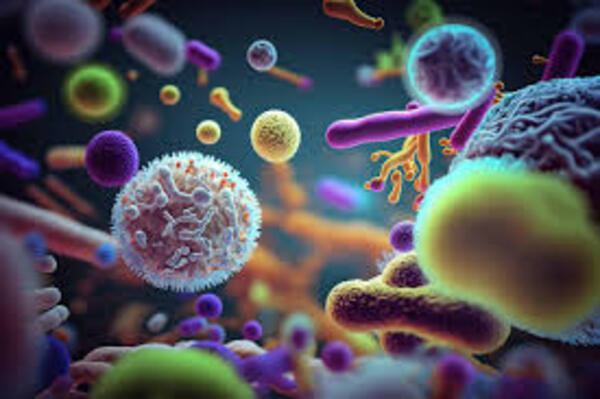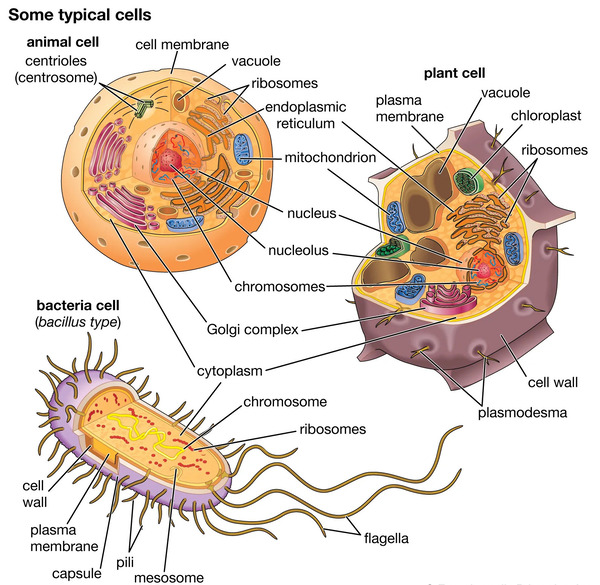When you think of living organisms, you might picture animals, plants, or even fungi. But have you ever wondered, “Is bacteria a plant or an animal?” The answer may surprise you! Let’s explore what bacteria are and why they don’t fit neatly into either category.
Bacteria are microscopic, single-celled organisms that are found almost everywhere on Earth. They are part of a larger group of organisms known as prokaryotes. Unlike plants and animals, which are classified as eukaryotes, bacteria have a simpler structure and lack a nucleus.

Cell Structure: Bacteria are prokaryotic cells, meaning they don’t have a membrane-bound nucleus. Their genetic material, DNA, is located in a region called the nucleoid. They also have a rigid cell wall that gives them shape and protects them.
Reproduction: Bacteria reproduce asexually through a process called binary fission. This means that one bacterial cell splits into two identical cells. This rapid reproduction allows bacteria to thrive in various environments.
Metabolism: Bacteria are incredibly diverse in their metabolic processes. Some bacteria can photosynthesize like plants, while others obtain energy from organic matter or inorganic compounds. This versatility allows them to live in extreme conditions, from hot springs to deep ocean vents.
Given their unique characteristics, bacteria do not fit into the categories of plants or animals. Here’s how they differ:
Bacteria: Simple, single-celled organisms without a nucleus.
Plants and Animals: More complex, multicellular organisms with specialized cells and a defined nucleus.
Bacteria: Some bacteria can perform photosynthesis (like cyanobacteria), but they do not have chloroplasts like plants do. Instead, they have pigments that capture light.
Plants: Plants have specialized cells called chloroplasts for photosynthesis, allowing them to produce their food from sunlight.
Bacteria: They can be autotrophic (self-feeding) or heterotrophic (feeding on others), showing a wide range of dietary habits.
Plants: Primarily autotrophic, producing their food through photosynthesis.
Animals: Heterotrophic, relying on consuming other organisms for energy.

Bacteria play crucial roles in various ecosystems. Here are a few key functions they serve:
Decomposers: Bacteria break down dead organic matter, recycling nutrients back into the soil and supporting plant growth.
Nitrogen Fixation: Certain bacteria convert atmospheric nitrogen into forms that plants can use, which is essential for healthy plant growth.
Human Health: Many bacteria live in our bodies and help with digestion and immune function. Some bacteria are beneficial, while others can cause diseases.
So, is bacteria a plant or an animal? The answer is neither! Bacteria are a unique group of organisms classified as prokaryotes. They possess distinct characteristics that set them apart from both plants and animals. Understanding bacteria’s role in our ecosystems and their impact on our health is essential for appreciating the complexity of life on Earth.
Next time you hear about bacteria, remember that these tiny organisms are neither plants nor animals, but they are vital players in the web of life!
animal tags: Bacteria
We created this article in conjunction with AI technology, then made sure it was fact-checked and edited by a Animals Top editor.